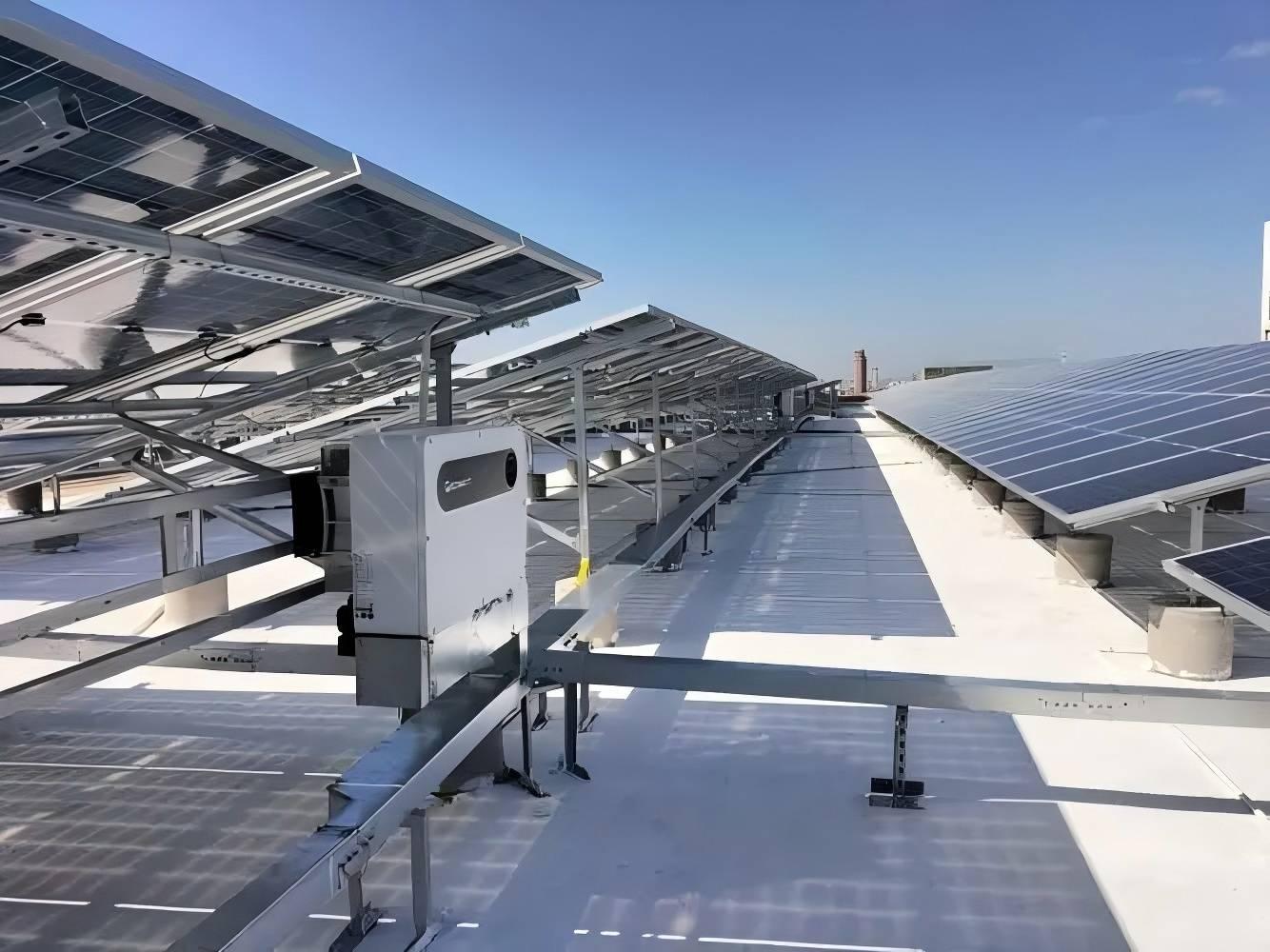A photovoltaic (PV)
energy storage system typically refers to an application that includes solar panels and related equipment, such as energy storage batteries. Based on whether the stored energy is to be sold back to the grid, PV energy storage systems can be divided into off-grid systems and hybrid on/off-grid systems. This article focuses on key design considerations specific to off-grid PV systems.
Components of an Off-Grid PV System:
An off-grid PV system typically includes solar panels, an off-grid inverter (with a built-in PV charger/inverter), energy storage batteries (such as lead-acid, gel, lead-carbon, ternary lithium, or lithium iron phosphate types), solar panel mounts, cables, and distribution boxes. These are all critical components of an off-grid PV system.
Differences Between Off-Grid and Grid-Tied Systems:
The main difference between off-grid and grid-tied systems is their underlying purpose: grid-tied systems are designed with return on investment in mind, while off-grid systems are primarily concerned with meeting essential power supply needs. Therefore, the component selection criteria vary between the two.
PV Panels:
Initially, PV panels were only used in small off-grid systems. However, with the widespread adoption of grid-tied PV applications and continuous technological advancements in PV modules, conversion efficiency has greatly improved. Particularly for grid-tied systems, which require maximum utilization of space, highly efficient panels are essential to optimize the investment-to-output ratio. In contrast, off-grid systems, which typically have more available space, do not require the highest conversion efficiency, so standard panels are often the primary consideration when designing an off-grid system.
Off-Grid Inverters:
1. Based on AC Load: Loads generally fall into three categories: resistive loads (e.g., lights, heaters), inductive loads (e.g., air conditioners, motors), and capacitive loads (e.g., computer power supplies). Inductive loads, in particular, require special consideration when choosing an inverter because they need 3-5 times their rated current during startup. Since most off-grid inverters only offer short-term overload capacity of 150-200%, inductive loads require an expanded inverter design (the inverter should be at least twice the capacity of the inductive load). For example, if powering a 2P (2x750W) air conditioner, an inverter with at least 3KVA is required. Of course, most systems have a mix of all three load types, but the dominant load type will have the greatest impact on inverter selection.
2. Based on the DC Side: Off-grid inverters have built-in solar chargers, which are typically of two types: MPPT and PWM. As technology has advanced, PWM chargers are being phased out, and MPPT chargers have become the preferred choice for off-grid inverters.
3. Other Considerations: There are many calculation formulas available on the market for selecting an inverter. In general, the process involves:
1) Determining the rated power of the inverter based on load size and type.
2) Determining the kWh capacity of the energy storage batteries based on the discharge duration needed by the loads.
3) Determining the charger power based on local sunlight conditions and charging time requirements (e.g., charging within one day).
Energy Storage Batteries:
1. Lead-Acid/Gel Batteries: Most energy storage systems use maintenance-free sealed lead-acid batteries to reduce post-installation maintenance. After 150 years of development, lead-acid batteries offer significant advantages in terms of stability, safety, and cost. They are the most widely used type of battery in energy storage applications and are the primary recommendation for off-grid PV systems.
2. Lead-Carbon Batteries: These are an evolution of traditional lead-acid batteries. By adding activated carbon to the negative electrode, the battery's lifespan is significantly improved. However, the cost of this technological upgrade is slightly higher.
3. Ternary Lithium/Iron Phosphate Batteries: Compared to the previously mentioned types, lithium-ion batteries offer higher power density, more charge/discharge cycles, and deeper discharge depth. However, they require additional battery management system (BMS) technology, which generally makes their system cost 2-3 times higher than lead-acid batteries. Moreover, their thermal stability is slightly inferior to that of lead-acid/lead-carbon batteries, so their use in off-grid PV systems is currently less common. That said, as technology continues to improve, the market share of ternary lithium/iron phosphate batteries is gradually increasing, making them a growing trend in this field.
Conclusion:
This article has briefly introduced the basic applications of off-grid PV energy storage systems and provided recommendations for selecting essential equipment. These insights may be useful for professionals in the photovoltaic industry to better understand and consider when configuring off-grid systems.
